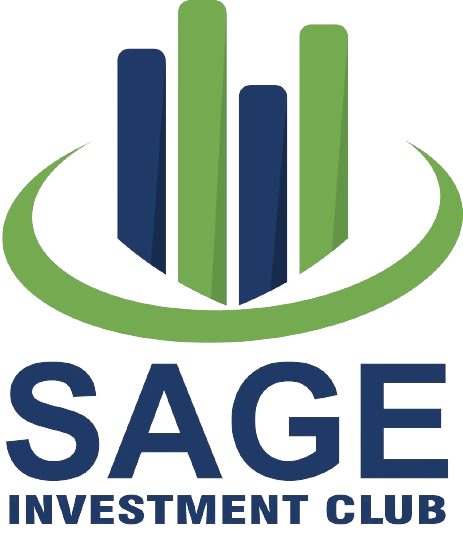Several major US banks will report earnings on Friday. Along with Delta Airlines and UnitedHealth, this is the unofficial start of earnings season. Corporate earnings are integral to the economy, so naturally earnings season has an effect on forex.
But given what’s been going on in terms of central bank policy in the world, bank earnings could be particularly relevant for currencies this time around. The US is a special case in point, because over the last year, the Fed has raised rates at the fastest rate since the early ’80s. There have been all sorts of economic impacts, but the banks in particular are sensitive to what the central bank does. Which means that we might get some advance understanding of the impacts of Fed policy on the currency by scrutinizing the reports from major US banks.
What to look out for
Typically, as interest rates increase, the income for banks rises. This is because banks make money by charging interest. But, if interest rates go up too much or too fast, then the economy can be impacted. Which means that people might lose their jobs, or businesses go bankrupt, and then loans might not be paid off.
These are “loan losses”; and banks typically take provisions ahead of an expected period of economic uncertainty. This comes at the expense of reporting lower income, so banks are hesitant to do it. Provisions, therefore, rise only when a bank is really worried that the economy won’t do so well. So, if major banks are increasing provisions across the board, it is a sign that banks are betting on there being a recession in the near future.
The early warning signs
Before someone is unable to pay their loans, they typically fall behind in their payments. This is called “delinquency”. The “loan delinquency rate” measures what percentage of the total loans the bank has which are experiencing delayed payments. If people are struggling to make ends meet – which is a sign that consumer demand is faltering – then they will get behind in loan payments, which will be reflected in a rise in delinquency rates at major banks.
Those loans that aren’t receiving payments are called “non-performing loans” or NPL. The NPL ratio is another way to measure if the bank’s customers are facing difficulties. If banks see their NPL ratio rising, they will start increasing provisions. Both being a sign that the economy is in trouble, even if the jobs numbers are still healthy or consumers are still spending.
Where’s the money?
Speaking of spending, the CEO of JPMorgan has pointed to a phenomenon that might explain why the US economy has remained resilient in the face of high inflation. During the pandemic, Americans were able to increase personal savings. But as prices have gone up, those savings have been progressively depleting. This is measured in the total deposits that the banks have. At the current rate of depletion, the increased deposits seen from the pandemic are expected to run out in October, implying that consumer demand could take another hit.
Finally, there is the issue of credit cards. If consumers are feeling the pinch of higher costs, they often recur to using credit cards to get through to the end of the month. Banks routinely report average credit card balances, since in good economic times, they make money on higher borrowing by consumers. However, if the economic situation worsens, that could imply higher losses for the bank, if people are unable to pay off their credit card debt.
Given the combination of increasing delinquencies, higher provisions, and growing credit card debt, it could all point to a deteriorating economic situation. On the other hand, if banks report an improving situation for their customers, it could provide some increased optimism for the market.
